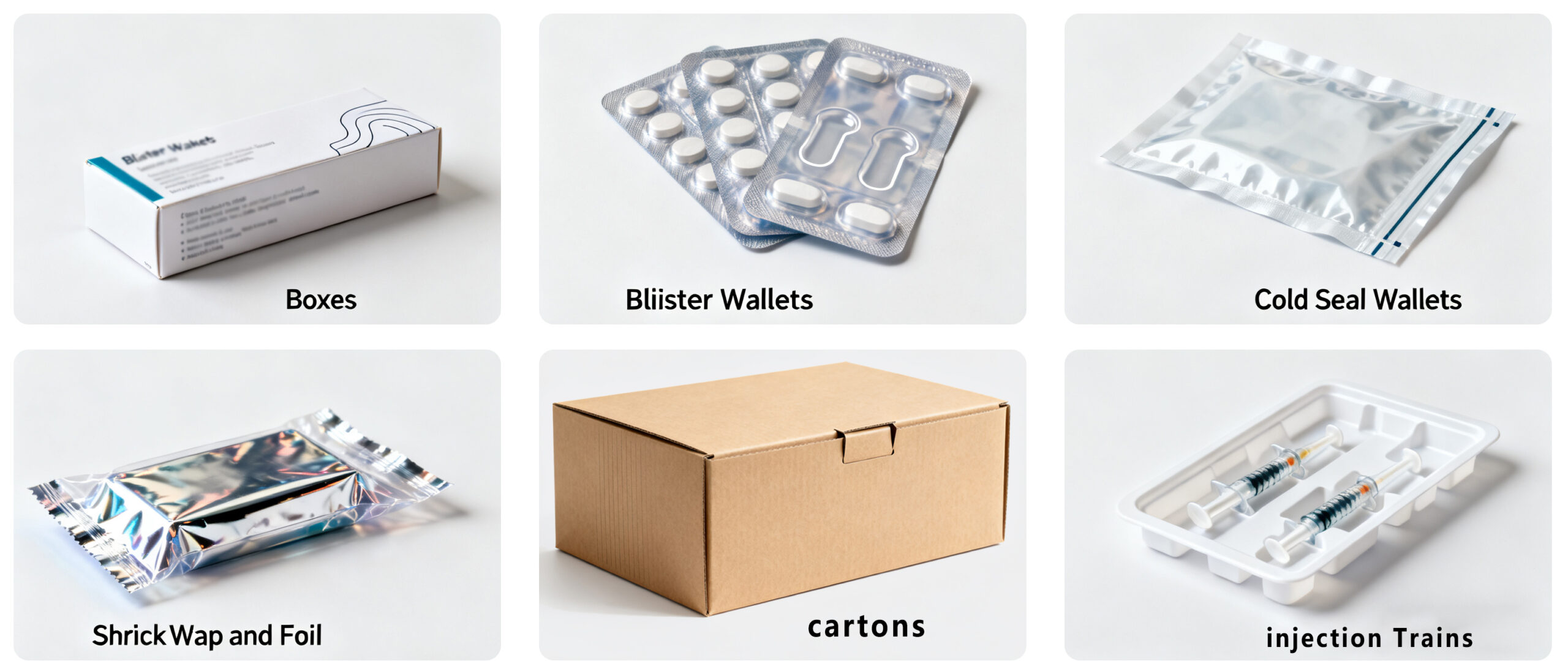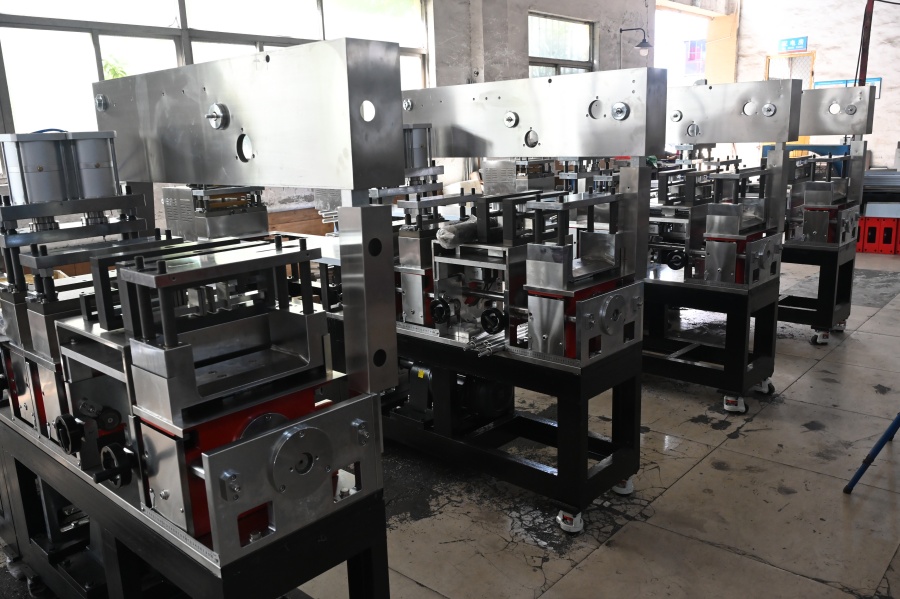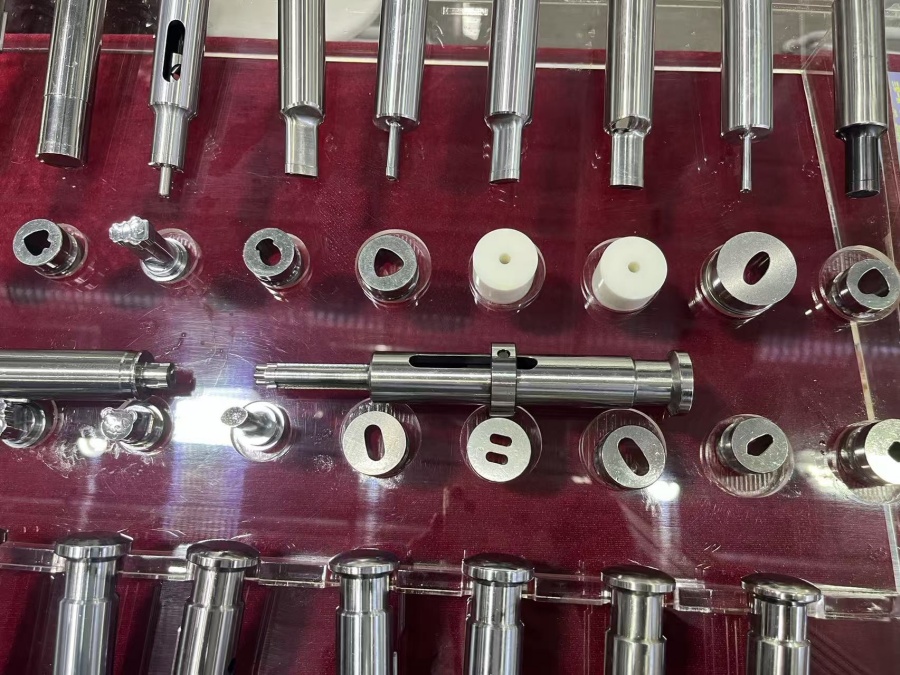Did you know that packaging accounts for 37% of total plastic waste in the United States? The pharmaceutical industry, being heavily reliant on plastic bottles and vials, also contributes to it, enhancing pollution. To avoid this, manufacturers are now seeking sustainable pharmaceutical packaging solutions. The goal is to reduce carbon emissions while still protecting the products against damage.

If you want to know about these sustainable packaging materials and their benefits, keep reading!
Top Sustainable Pharmaceutical Packaging Materials or Types
When it comes to the top sustainable pharmaceutical packaging options, you should seek materials that are either biodegradable or recyclable. Here’s an overview of some:
Biodegradable Packaging
Biodegradable packaging solutions are designed to break down naturally through microbes like fungi and bacteria into carbon dioxide and water. Compared to plastic that takes years to decompose, they are harmless and align better with your sustainability goals. Some common suggestions to explore include:
Plant-Based Plastics
An emerging trend in sustainable pharmaceutical packaging is the usage of plant-based plastics. These are made from renewable sources like corn, sugarcane, and wood, offering the same properties as traditional plastics with the added benefit of being compostable. Here are some of its examples:
- Polylactic Acid: It’s a common bioplastic made from cornstarch or sugarcane and is commonly used in pharmaceutical and nutraceutical packaging.
- Polyethene Furanoate: This sustainablepharmaceutical packaging material, derived from sugar beets, offers incredible protection properties, making it an alternative to PET bottles.
- Polyhydroxyalkanoates: Polyhydroxyalkanoates are unique because they are produced by bacteria through a fermentation process, using sugar or other agricultural waste as feedstock. They can be used to make flexible or rigid packaging but come at a considerably high cost.
Compostable Films
Perhaps you can rely on compostable films, which are an ideal replacement for traditional blister packaging of tablets.
These films are made from a variety of biopolymers and, under specific composting conditions, turn into non-toxic organic matter.
You’ll be surprised to see how its natural appeal improves your brand positioning in the market. However, we suggest using them for low-moisture and short shelf-life products.
Recyclable Packaging
Recyclable packaging materials in pharmaceuticals are those that can be collected, processed, and reused rather than being sent to the landfill. Typical examples include paper, glass, cardboard, and PET or HDPE plastics. Let’s discuss some in detail:
Mono Materials
If biodegradable options aren’t financially viable, you can choose recyclable mono material packaging. As the name implies, this type is made from a single type of polymer, such as 100% polyethene or polypropylene.
You don’t mix or layer materials, which simplifies the recycling process. The entire bottle or package can be processed without waiting for materials separation, lowering your waste footprint.
Paper-Based Packaging
Some pharmaceutical companies are also exploring paper-based packaging, such as paper bags, paperboards, and corrugated boxes. They are biodegradable and can be made stronger using additives to prevent damage during product handling. You can also coat them with different materials to achieve different properties, including water or tear resistance.
Benefits of Sustainable Pharmaceutical Packaging
Now that you are aware of the different types of sustainable pharmaceutical packaging solutions, let’s discuss the many benefits they offer your business:
Reduced Environmental Impact
The first and most obvious benefit of sustainable pharmaceutical packaging is reduced environmental impact. Since you use biodegradable and recyclable materials, you reduce the amount of waste going to the landfill.
In addition, they often require less energy to produce and transport than traditional materials, which helps cut down carbon emissions. Most importantly, there’s no risk of harmful chemicals leaching into the soil, so the wildlife stays protected.
Complies with Regulations
With increasing global warming, governments around the world are taking steps to mitigate it and prevent climate change. There are tightening regulations around packaging waste that pharmaceutical companies have to follow.
Even in the US, state-level Extended Producer Responsibility (EPR) laws hold the manufacturers accountable for the end-of-life management of their packaging. California’s Senate Bill 54 (SB 54) states that by 2032, any packaging failing to meet recyclability or composability standards will be prohibited from sale.
However, by adopting sustainable pharmaceutical packaging early, you can stay ahead of all these regulatory changes. This protects your business from incurring penalties and heavy fines while maintaining a good reputation with customers.
Meeting Customer Demands
Gen Z is now very aware of their environment and takes climate change very seriously. In a recent survey, it was estimated that 94% prioritise sustainable packaging, and 93% are willing to pay more for it.
So when you invest in making your product packaging sustainable, you are actually trying to meet customers’ demands. Not only does this help you win their trust, but it also enables you to ask for a greater value for your pharma products.
Reduces Cost
While the upfront cost of investing in recyclable and lightweight, biodegradable materials seems huge, they actually reduce your business costs in the long term. How? Well, lightweight packaging lowers your shipping charges.
While the recyclable bottles prevent frequent material expenses, you can then spend that amount on innovating new drugs and healthcare solutions to stay ahead of competitors.
How to Choose the Right Sustainable Pharmaceutical Packaging?
The amazing benefits of sustainable pharmaceutical packaging must have made you eager to adopt it for your business, too. Nonetheless, navigating different materials and choosing a reliable supplier can be quite a hassle. Don’t stress out; here are some tips that help you in choosing the right packaging solutions:
- Focus on Product Safety: You should start by assessing the product type and safety or protection needs. Are you going to package tablets or liquid syrups? Make sure the packaging material is durable enough to provide protection against shock, moisture, and oxidation. Choose but never compromise on drug protection, which is its primary purpose.
- Evaluate Different Materials: Look for packaging made from plant-based plastics and biodegradable paper. Ensure they meet pharmaceutical safety grades and don’t react chemically with your drug.
- Check for Certifications and Compliance: The packaging should meet FDA, EMA, and ISO standards. Also, look for certifications such as FSC if you are opting for paper-based materials. All this ensures that your pharmaceutical packaging meets quality and safety criteria.
- Partner with Reliable Suppliers: The suppliers you choose should be reliable and deal with sustainable pharmaceutical solutions. They should offer you transparent prices and sourcing of materials. You must also look for warranties so your investment doesn’t go to waste.
- Think About Branding: sustainablepackaging can greatly boost your brand image. Choose designs that reflect your company’s commitment to sustainability. Use minimal printing and stick to consistent fonts to radiate credibility.
FAQs
How can patients recycle sustainable packaging?
To help patients recycle sustainable packaging, you should provide basic instructions on the packaging. They can then compost or recycle the materials in local facilities.
Can biodegradable packaging maintain sterility for medical products?
Yes, modern biodegradable materials can maintain sterility for medical products by providing barrier protection against moisture, oxygen, and microbial contamination.
Are there government incentives or certifications for using sustainable packaging?
Yes, many governments offer tax benefits, grants, and recognition programs for adopting sustainable packaging and manufacturing.
Conclusion
There are many sustainable pharmaceutical packaging solutions that you should explore to improve your brand positioning. If you are in search of reliable manufacturing machines for your pharma facility, contact Fintech’s Pharmaceutical Equipment today!




